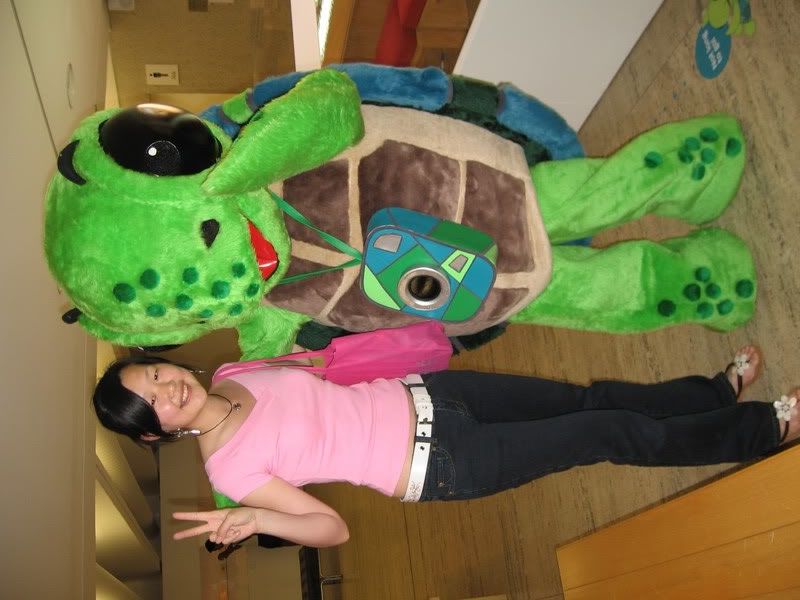Speakers:
Suhanya Raffel (Head of Asian, Pacific and International Art)
Lu Jie (Chief curator, initiator of the project)
Hong Hao
Qin Ga
Mu Chen
Shao Yanhong
Zhou Xiaohu
Lu Jie:
· Started this idea when he was doing his research in the 1990s.
· The starting point for him to go back to China to do the project:
- Want to represent Chinese art in global space
- The politics in China (relationship between Art and Politics)
- To create opportunity for interactive works
· Starts working with history (revolution)
- Link the dislocation between old and new Long March
- Feels the need to connect/re-engage with history
Qn: How did you start to participate?
Hong Hao:
· This project started in Beijing
· A speech was given to encourage more people to participate
· He was inspired by the speeches and participated with a lot of enthusiasm
· Didn’t participate in the real work itself
· Instead, he does research on the long march info (1year)
· Bought 2nd hand stuff from the market in Beijing and kept the stamps, old books, phonecards and scan them into the computer to print
Qing Ga:
· This project started between march and April 2002
· Similar to Hong Hao, everyone became very enthusiastic to take part in the project after the inspiring speech was given
· Everyone wants to participate in this project in their own way
· The Long March takes place in many places
· It is a great source of inspiration for artists as it is different from many other project that stays in 1 place
· They walk on the old Long March route
· He record the route people take through walkie talkie and record the walk by tattooing on his back
· This project was stopped for 3 years and he stopped too
· At 2005, Qing Ga decided to finish the rest of the route himself
· He started on January 2005 and he gave himself 1 month to finish the route, regardless of weather condition
· Realise that the route did not change (same as 1934-35) but the social and economy content is completely different from what he imagine
· Especially the changes in social and economy
Mu Chen:
· Before he was involved in the project, he already had an idea to travel along China and take pictures of the public house
· However, he feels that it is hard to look at the houses without looking at the history of the communist party. Therefore, he started by looking at the history of the communist
Zhou Xiao Hu:
· There is no use looking for relationship with Long March from the surface level
· The way he understands the project is totally different
· He feels that it should be an attitude and a position, the attitude to what we think about current situation and the changes
· His works are the clay animation
· It is about what people would see in the news at night (what Chinese people watch every night on CCTV)
· He sort of reply (2nd-hand) the news
· He exhibited the clay model works together with the TV screen, to create a 2nd and 3rd scene of the work
· We usually watch the news at different times
· This work is created to show all of them at the same time, and to let the viewers see the things they have created in life
The Long March Project
· Work with many artists, both local and national (40 international participants)
· Aim to reorganise the relationship between rural and urban, international and national, tradition and modern to understand the past and present society.
· Different sites are devoted to different themes
e.g. feminism, public art and mew media art
· Long March Project is not a re-enactment of the original Long March. It is a new cultural dynamic ….

No comments:
Post a Comment